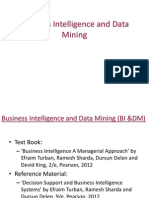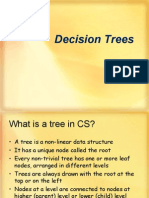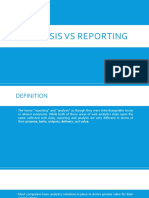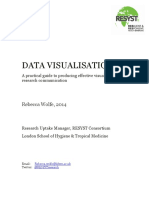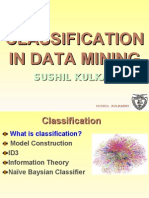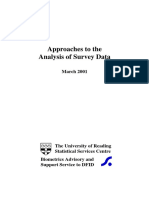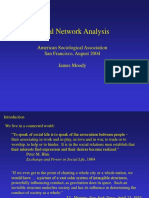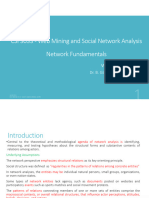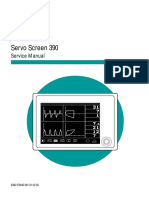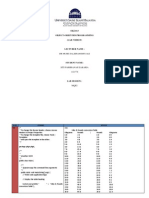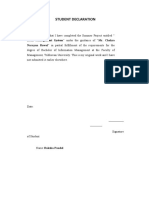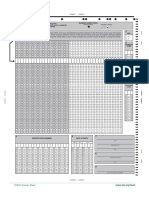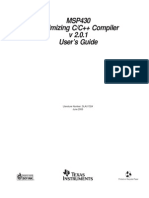100% found this document useful (8 votes)
1K views38 pagesAn Introduction To Social Network Analysis
This document provides an introduction to social network analysis. It defines networks and discusses how the configuration of networks can affect how individuals and systems function. It then reviews the history of social network studies across various fields. The document outlines different levels of network theory and discusses key concepts like regulation, circulation, coordination, control, and network structure. It also covers research design considerations and provides examples of social network analysis applications.
Uploaded by
singaporeanoCopyright
© Attribution Non-Commercial (BY-NC)
We take content rights seriously. If you suspect this is your content, claim it here.
Available Formats
Download as PDF or read online on Scribd
100% found this document useful (8 votes)
1K views38 pagesAn Introduction To Social Network Analysis
This document provides an introduction to social network analysis. It defines networks and discusses how the configuration of networks can affect how individuals and systems function. It then reviews the history of social network studies across various fields. The document outlines different levels of network theory and discusses key concepts like regulation, circulation, coordination, control, and network structure. It also covers research design considerations and provides examples of social network analysis applications.
Uploaded by
singaporeanoCopyright
© Attribution Non-Commercial (BY-NC)
We take content rights seriously. If you suspect this is your content, claim it here.
Available Formats
Download as PDF or read online on Scribd
/ 38


